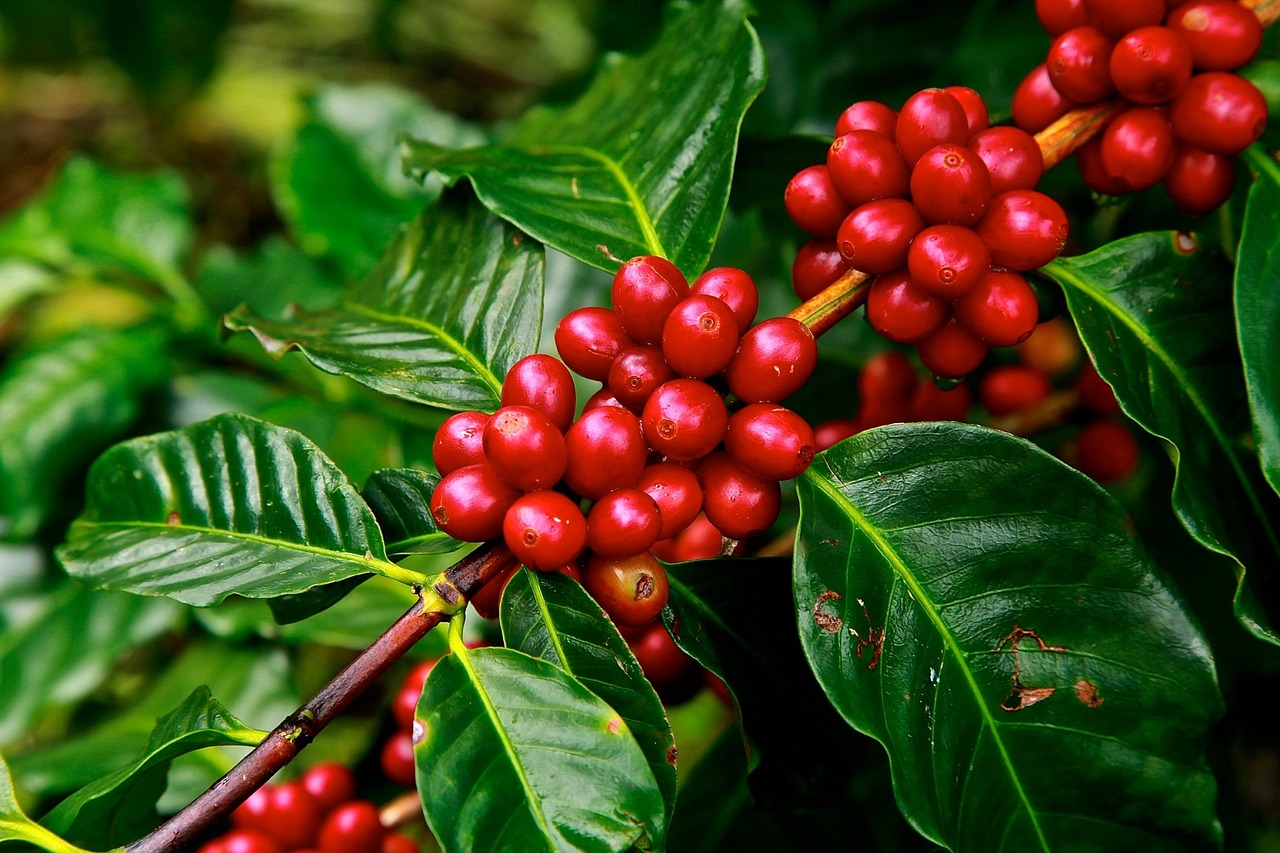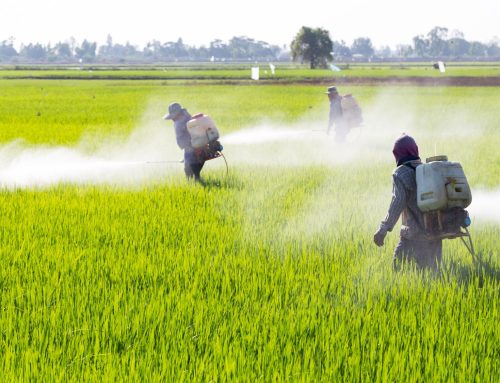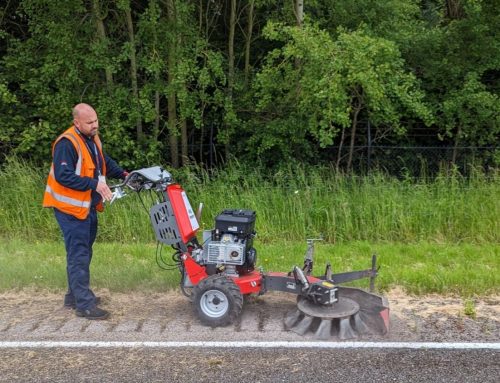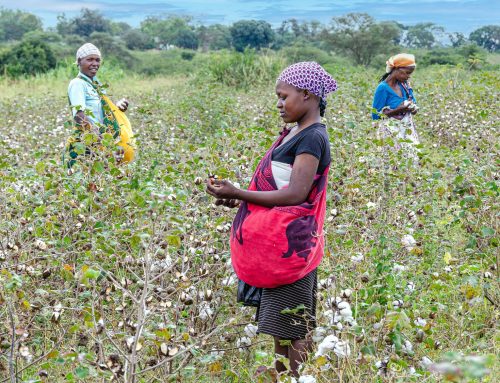by Antonio Alberto Tzep Lopez and Diego Chox Dix, Cooperative Nahuala
(This post is part of a summary of presentations prepared by Dr Stephanie Williamson, PAN UK, from the Coffee without HHPs workshop in Costa Rica, April 2017)
Key messages:
- Using natural ingredients instead of synthetic agrochemical inputs can give good results but it’s a learning process.
- Natural disease control products work more slowly than synthetic fungicides to control rust, you need to wait for the biological processes to take effect.

Nahuala Co-op was set up in 1964 and promotes production and export of 100% organic coffee. Currently it has 250 members (115 men + 135 women). Certified under organic and Fairtrade standards, and Café Femenino. Now export 5 containers of premium ‘women’s coffee’ to New York. Since 2013 the co-op has run a bio-factory project to produce its own organic inputs for plant nutrition and pest and disease management, with the aims to conserve living soils, avoid environmental pollution and increase coffee yields for smallholders. The co-op distributes ethanol attractant for trapping Coffee Berry Borer pests, using home-made traps. The co-op also promotes a range of agroecological practices to enhance resilience of farms to climate change.
The bio-factory produces the following products, for use in coffee, vegetables and plant nurseries:
Bio-multimineral – made with microbes and organic materials, such as molasses, rock dust, ash, whey, coffee honey water (waste water from washing and stripping coffee berries), and minerals (magnesium, manganese, potassium, zinc, boron, iron). Used as a foliar fertiliser and for controlling coffee rust disease Hemileia vastatrix and chicken eye spot Mycena citricolor. Recommended to apply Apr-Jul in coffee groves.
Visosa broth fungicide – made with minerals incl. copper magnesium, manganese, zinc, borax, as permitted by international organic standards. Used for controlling coffee rust disease Hemileia vastatrix and chicken eye spot Mycena citricolor. Recommended to apply Apr-Jul in coffee groves.
Supergreen foliar fertiliser –Made with microbes and organic materials, such as fermented grass, molasses, milk and minerals (magnesium, potassium and sodium sulphates, zinc). Recommended to apply Jan-Mar in coffee groves for plant health maintenance and vegetative development.
Nutritious biofertiliser – Made with microbes and organic materials such as molasses and minerals (potassium sulphate, borax). Recommended to apply Feb-Mar in coffee groves to promote flowering and fruit set.
At farm level co-op members are jointly organised in producing bokashi fermented fertiliser, worm compost using chicken manure and soil conservation practices.
Download the presentation here.





